 What could be more thrilling than standing in the steps of the Prime Minister, the Queen and Braveheart? A tour of the Houses of Parliament is a fantastic opportunity for children to see inside one of the world’s most iconic buildings. You’ll find out about Guy Fawkes, the man who tried to blow up the building; Charles I, the king who had his head cut off for abusing his power; and secret doors leading to even more secret toilets.
What could be more thrilling than standing in the steps of the Prime Minister, the Queen and Braveheart? A tour of the Houses of Parliament is a fantastic opportunity for children to see inside one of the world’s most iconic buildings. You’ll find out about Guy Fawkes, the man who tried to blow up the building; Charles I, the king who had his head cut off for abusing his power; and secret doors leading to even more secret toilets.
The Palace of Westminster has been a royal palace for over 1,000 years. Originally King Canute’s hunting lodge, it was the main residence for the kings of England from 1042 until 1512 when King Henry VIII moved out after a fire. The Houses of Parliament were built on the site of the medieval palace in the 19th century after another large fire. Although most of the buildings look really old they are in fact all, apart from Westminster Hall, only 150 years old.
These are the things you should look out for.
Stand on the spot where Charles I was condemned to death in Westminster Hall

© UK Parliament
Westminster Hall is the oldest part of the Houses of Parliament. It was completed by William the Conqueror’s son, William Rufus, in 1098 and it’s where the law courts used to sit. It is a real thrill to walk around here. So many of the most exciting moments of British history have happened within these walls.
For my boys and I, the biggest thrill was standing on the exact spot where King Charles I was sentenced to death in 1649. It is also here where the Scottish ‘Braveheart’, William Walace was sentenced to death for treason in 1305 and where Sir Thomas More was condemned to death in 1535.
In more recent times, this is where Nelson Mandela addressed Parliament and where the bodies of people like Winston Churchill and King George VI were laid in state before their funerals.
We enjoyed looking at all the statues of animals and admiring the 600-year-old roof. Our guide told us that when they did some repair work up there recently they found lots of medieval tennis balls up in the rafters left over from people indulging in a spot of royal tennis after work!
Follow the processional route taken by the Queen

© Historic Royal Palaces

© UK Parliament
The Queen opens Parliament every year and the tour follows the ‘Line of Route’, the route the Queen takes for the State Opening of Parliament. She arrives in a horse drawn coach at the Sovereign’s Entrance and makes her way from there to the Robing Room, through the Royal Gallery and Tudor Room to the Lords Chamber.
We were fascinated to discover that before the State Opening, the cellars of the Palace of Westminster are searched by the Beefeaters, the Yeoman of the Guard from the Tower of London, in order to prevent another Gunpowder Plot. The Yeoman Warders search the cellars with their lanterns. This is the cellar where, in 1605, Guy Fawkes was found guarding a pile of gunpowder with which he and a group of Catholic plotters were planning to blow up the Houses of Parliament in an attempt to kill the protestant King James I.
Find the secret door in the Robing Rome

© UK Parliament

© UK Parliament
The Robing Rome, with its highly ornate ceilings and copious amounts of gold leaf, is probably the grandest dressing room you’ll ever see. There’s even a throne in here, a ‘Chair of State’, built for Queen Victoria. This is where the Queen comes to put on her state robes and the Imperial State Crown. A copy of Charles I’s death warrant is displayed in here as a stark reminder of what can happen to a monarch who attempts to interfere with Parliament.
The most thrilling thing for my boys was the discovery of a secret panel which leads to the Royal Apartments or, in other words, a toilet which only the Queen is allowed to use.
Admire the glitz of the Lords Chamber

The Queen addresses Parliament in the most lavishly decorated room of the whole palace. The Royal Throne is based on the early 14th century Coronation Chair in Westminster Abbey. In front of the throne there’s a big cushion like a giant beanbag where the Lord Speaker sits. It’s called a Woolsack because it’s stuffed with wool. All the benches are red here, which is the colour of the Lords as opposed to the Commons which is green. There are lots of microphones dangling down from the ceiling which my boys thought looked like the candles hanging down from the Great Hall at Hogwarts.
See if you can work out where Churchill damaged the table
A bomb fell on the House of Commons during the Second World War so the government had to move into the Lords Chamber. Winston Churchill was prime minister at the time and he used to pound on the desk during his speeches to the Commons. The table in the middle of the Lords Chamber is that same table and if you look closely you can see the mark where Churchill’s signet ring scratched the table from Churchill banging on it so much.
Look at the statues of the prime ministers in the Members’ Lobby
 You can find more bomb damage in what is now called the Churchill Arch in the Members’ Lobby outside the entrance to the Commons Chamber. There are statues here of various prominent prime ministers including Winston Churchill, Clement Atlee and Margaret Thatcher.
You can find more bomb damage in what is now called the Churchill Arch in the Members’ Lobby outside the entrance to the Commons Chamber. There are statues here of various prominent prime ministers including Winston Churchill, Clement Atlee and Margaret Thatcher.
There’s a marked difference between the size of Churchill’s statue and that of Lloyd George. Our guide told us that Churchill deliberately commissioned his statue to tower over that of his predecessor. Apparently Lloyd George’s widow complained that he looked ridiculous so they put him on a plinth to make him look taller.
Stand in the Commons Chamber

We would have loved to have sat down on one of the famous green benches but unfortunately it’s not allowed. The Commons Chamber is the room we really wanted to see for ourselves, the room we’ve seen countless times on the television. The first thing that struck us was how much smaller it looks in real life. There are 650 members of parliament but there is only space in the chamber for 450 people on the benches.
Another interesting thing we learned was that the Queen is not allowed in this room. No British monarch has been allowed in since King Charles I stormed into the Commons – and we all know what happened to him.
Find out where the Speaker used to go to the toilet
Oh, the joys of toilet humour! The grand Speaker’s Chair is raised up so that the Speaker can see what’s going on and control the proceedings. It looks all the grander for having a canopy over the top of the chair. This is because they used to hang drapes around the chair whenever the Speaker needed to use the toilet.
There is a rule that the Speaker has to be present for the parliamentary session to carry on. Nobody wanted to interrupt the session if the Speaker needed the loo so for 600 years the poor Speaker had to draw the curtains and use a chamber pot behind the canopy whenever he had to relieve himself. This went on for centuries until it was decided that a Deputy Speaker could stand in if the Speaker had to leave the room.
See where the Suffragettes used to chain themselves in St Stephens Hall

© UK Parliament
Suffragettes regularly used to chain themselves to the statue of Lord Falkland when they were protesting about the women’s right to vote at the beginning of the 20th century. The women caused such a disturbance that they banned women from the Central Lobby for ten years from 1908 to 1918.
See who you can spot…
 The thing about the Houses of Parliament is that you never know who you’re going to bump into. As we walked outside, a Rolls Royce pulled up and there was the King of Ghana and his entourage…
The thing about the Houses of Parliament is that you never know who you’re going to bump into. As we walked outside, a Rolls Royce pulled up and there was the King of Ghana and his entourage…
Don’t miss the Jewel Tower
Your tour ticket gives you free entry to the Jewel Tower opposite Westminster Palace. It was built in 1365 to store King Edward III’s personal treasure and was originally surrounded by a moat to make it harder to attack.
The official records of the House of Lords were kept here from 1580 to 1864 so this is the place to see copies of thrilling documents like the death warrant of King Charles I and the act of parliament that abolished slavery.
How to book a tour of the Houses of Parliament
Tours are available on Saturdays thought the year and on most weekdays during parliamentary recesses including the summer, Christmas and Easter.
There are several ways of booking a tour. You can either book a tour online or from the ticket office at the front of Portcullis House. A self-guided audio tour costs £18.50 for adults. One child is free with each paying adult, £7.50 for each additional child. There is a family version of the audio tour. The 90-minute guided tours cost £25.50, adults; £11, children. It’s best to book in advance but some tickets may be available on the day from the ticket office.
UK residents can do a guided tour free of charge by contacting their MP. All you need to do is contact your MP or a Member of the House of Lords. You can find your MP and a list of Members of the House of Lords on the UK Parliament website.
There are regular Family Guided Tours of the Houses of Parliament. Check the website for details.
Pin It
 Do you ever feel overwhelmed by the sheer amount of choice there is when you’re planning a family holiday? The whole world is out there to explore but how do you decide where to go and what to do?
Do you ever feel overwhelmed by the sheer amount of choice there is when you’re planning a family holiday? The whole world is out there to explore but how do you decide where to go and what to do? With exhibitors ranging from ski and safari companies to cruises and adventure travel, it’s a great opportunity to find out about lots of different kinds of holidays. There’s a big fun element at the show too, with competitions to win holidays and lots of activities to keep the children entertained.
With exhibitors ranging from ski and safari companies to cruises and adventure travel, it’s a great opportunity to find out about lots of different kinds of holidays. There’s a big fun element at the show too, with competitions to win holidays and lots of activities to keep the children entertained. The Family Travel Show is taking place at Olympia in London from 1st to the 2nd October. Tickets for adults cost £10 on the door or £8 in advance. Children under 16, free. If you’d like tickets for only £6 use the code, SUITCASES. The photography workshops cost £10 per child and should be booked in advance to secure a place.
The Family Travel Show is taking place at Olympia in London from 1st to the 2nd October. Tickets for adults cost £10 on the door or £8 in advance. Children under 16, free. If you’d like tickets for only £6 use the code, SUITCASES. The photography workshops cost £10 per child and should be booked in advance to secure a place.








































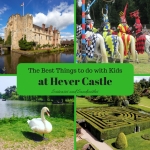
 What could be more thrilling than standing in the steps of the Prime Minister, the Queen and Braveheart? A tour of the Houses of Parliament is a fantastic opportunity for children to see inside one of the world’s most iconic buildings. You’ll find out about Guy Fawkes, the man who tried to blow up the building; Charles I, the king who had his head cut off for abusing his power; and secret doors leading to even more secret toilets.
What could be more thrilling than standing in the steps of the Prime Minister, the Queen and Braveheart? A tour of the Houses of Parliament is a fantastic opportunity for children to see inside one of the world’s most iconic buildings. You’ll find out about Guy Fawkes, the man who tried to blow up the building; Charles I, the king who had his head cut off for abusing his power; and secret doors leading to even more secret toilets.





 You can find more bomb damage in what is now called the Churchill Arch in the Members’ Lobby outside the entrance to the Commons Chamber. There are statues here of various prominent prime ministers including Winston Churchill, Clement Atlee and Margaret Thatcher.
You can find more bomb damage in what is now called the Churchill Arch in the Members’ Lobby outside the entrance to the Commons Chamber. There are statues here of various prominent prime ministers including Winston Churchill, Clement Atlee and Margaret Thatcher.

 The thing about the Houses of Parliament is that you never know who you’re going to bump into. As we walked outside, a Rolls Royce pulled up and there was the King of Ghana and his entourage…
The thing about the Houses of Parliament is that you never know who you’re going to bump into. As we walked outside, a Rolls Royce pulled up and there was the King of Ghana and his entourage…
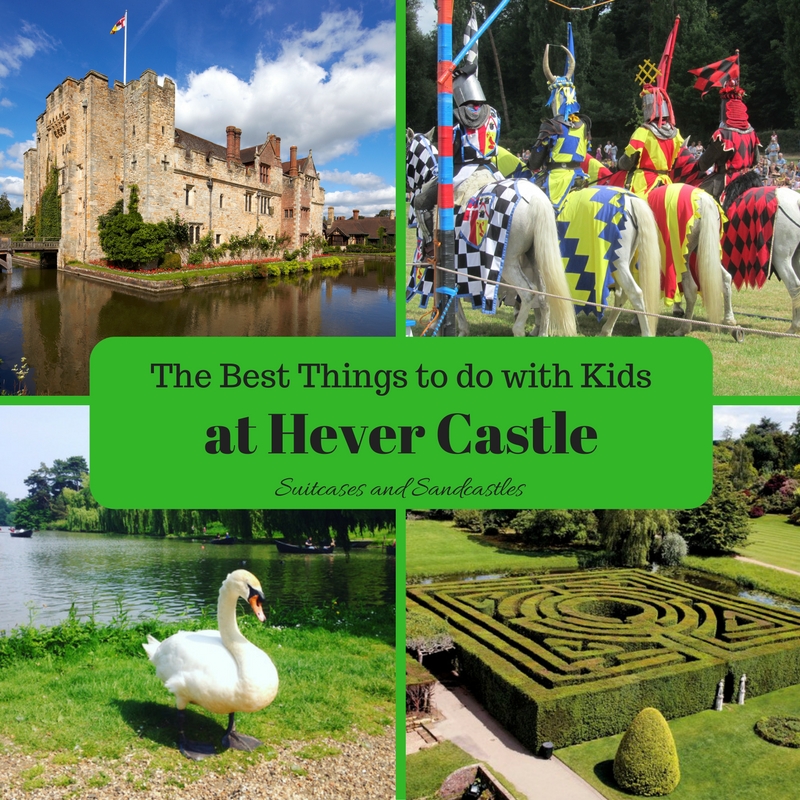 Hever Castle in Kent is one of our favourite castles to visit in the UK. The childhood home of King Henry VIII’s second wife, Anne Boleyn, is a picture-perfect castle in beautiful grounds. There are so many great activities for families here from trying your hand at archery and rowing to watching knights jousting and getting lost in the mazes. Here’s a list of our favourite things to do at Hever Castle.
Hever Castle in Kent is one of our favourite castles to visit in the UK. The childhood home of King Henry VIII’s second wife, Anne Boleyn, is a picture-perfect castle in beautiful grounds. There are so many great activities for families here from trying your hand at archery and rowing to watching knights jousting and getting lost in the mazes. Here’s a list of our favourite things to do at Hever Castle.




















 We’ve just got back from an idyllic two weeks on the tiny Greek island of Folegandros in the Cyclades. It has everything I dream of when I think of the perfect Greek island – pretty little harbours, beautiful beaches and great local tavernas. It was delightfully laid-back and despite the fact that we were there during the peak summer season, it wasn’t heaving with tourists.
We’ve just got back from an idyllic two weeks on the tiny Greek island of Folegandros in the Cyclades. It has everything I dream of when I think of the perfect Greek island – pretty little harbours, beautiful beaches and great local tavernas. It was delightfully laid-back and despite the fact that we were there during the peak summer season, it wasn’t heaving with tourists.




















































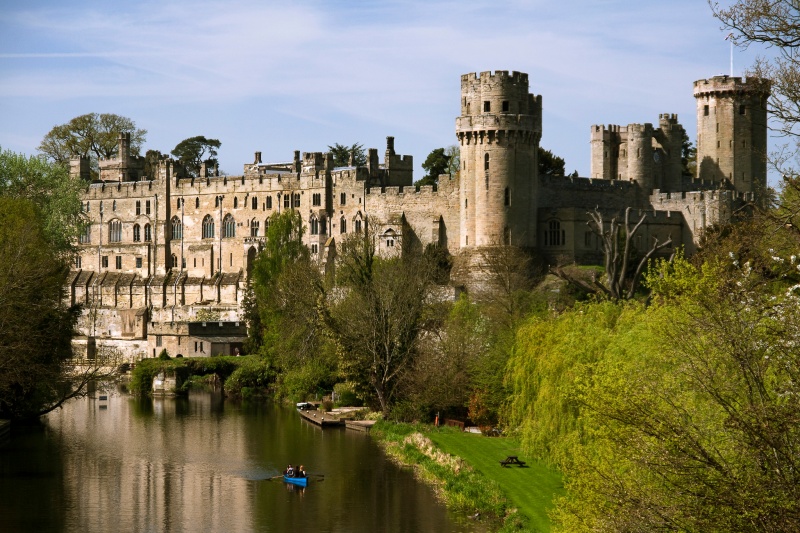

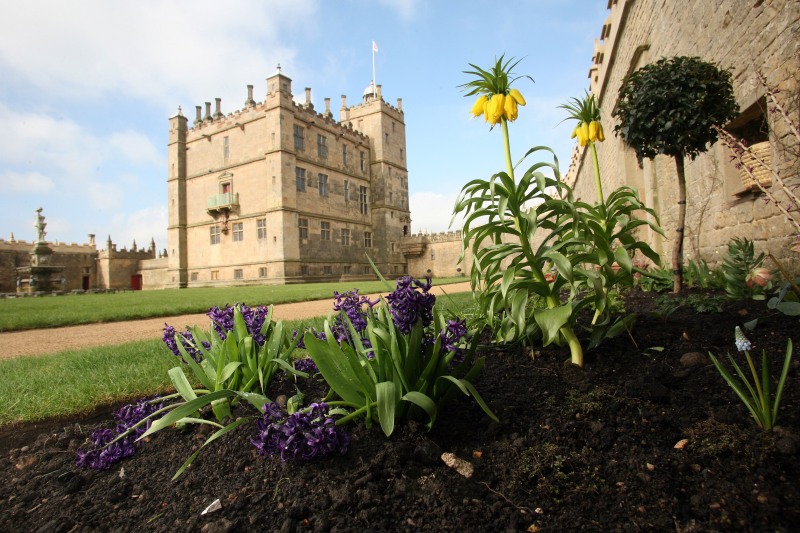
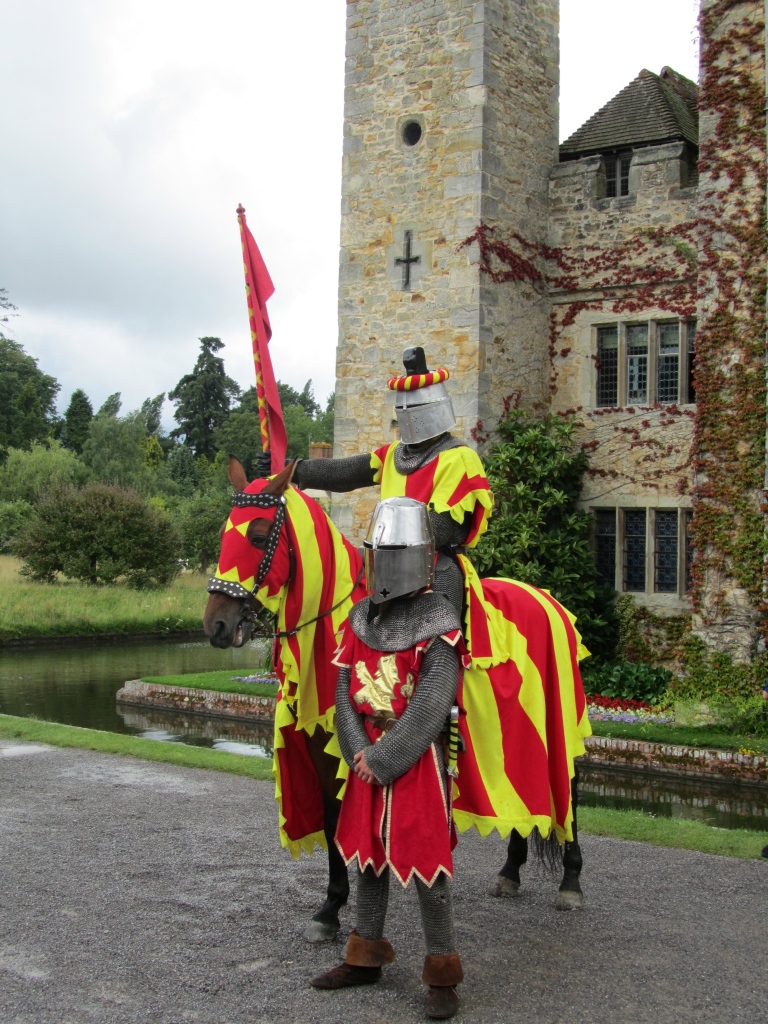

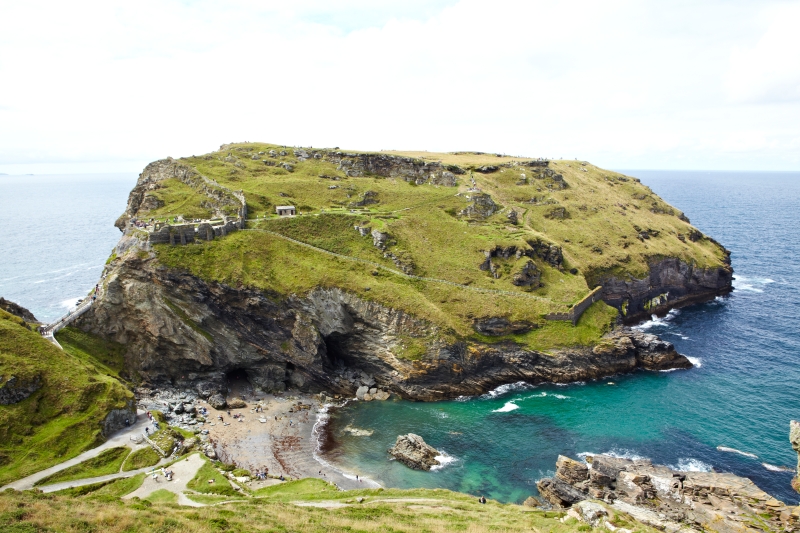

 The Summer Exhibition at the Royal Academy of Arts is one of the must-see events of a London summer. Held every year since 1769, it’s the largest and most popular open exhibition in the UK. Any living artist can submit works to be considered so you could find a piece by a complete unknown hung next to a Hockney.
The Summer Exhibition at the Royal Academy of Arts is one of the must-see events of a London summer. Held every year since 1769, it’s the largest and most popular open exhibition in the UK. Any living artist can submit works to be considered so you could find a piece by a complete unknown hung next to a Hockney.


 “Normally we are looking at sculpture,” says Arad. “Now it is looking at us.”
“Normally we are looking at sculpture,” says Arad. “Now it is looking at us.” In ‘The Portrait of Sakip Sabanci’, Kutlug Ataman has created a shimmering blue carpet hanging in the air – it’s made up of 10,000 LCD panels like passport photos, each with the photo of someone who the Turkish philanthropist encountered before his death.
In ‘The Portrait of Sakip Sabanci’, Kutlug Ataman has created a shimmering blue carpet hanging in the air – it’s made up of 10,000 LCD panels like passport photos, each with the photo of someone who the Turkish philanthropist encountered before his death.

 Aono Fumiaki’s sculptures explore the theme of rebirth and healing after the devastating earthquake in Japan in 2011. He has gathered up household objects like books and sake bottles found at the scene and transformed them into sculptures.
Aono Fumiaki’s sculptures explore the theme of rebirth and healing after the devastating earthquake in Japan in 2011. He has gathered up household objects like books and sake bottles found at the scene and transformed them into sculptures.


 What’s more, once the app has been downloaded onto your device it works offline so you don’t need to have internet access to read the articles or follow the routes.
What’s more, once the app has been downloaded onto your device it works offline so you don’t need to have internet access to read the articles or follow the routes.

